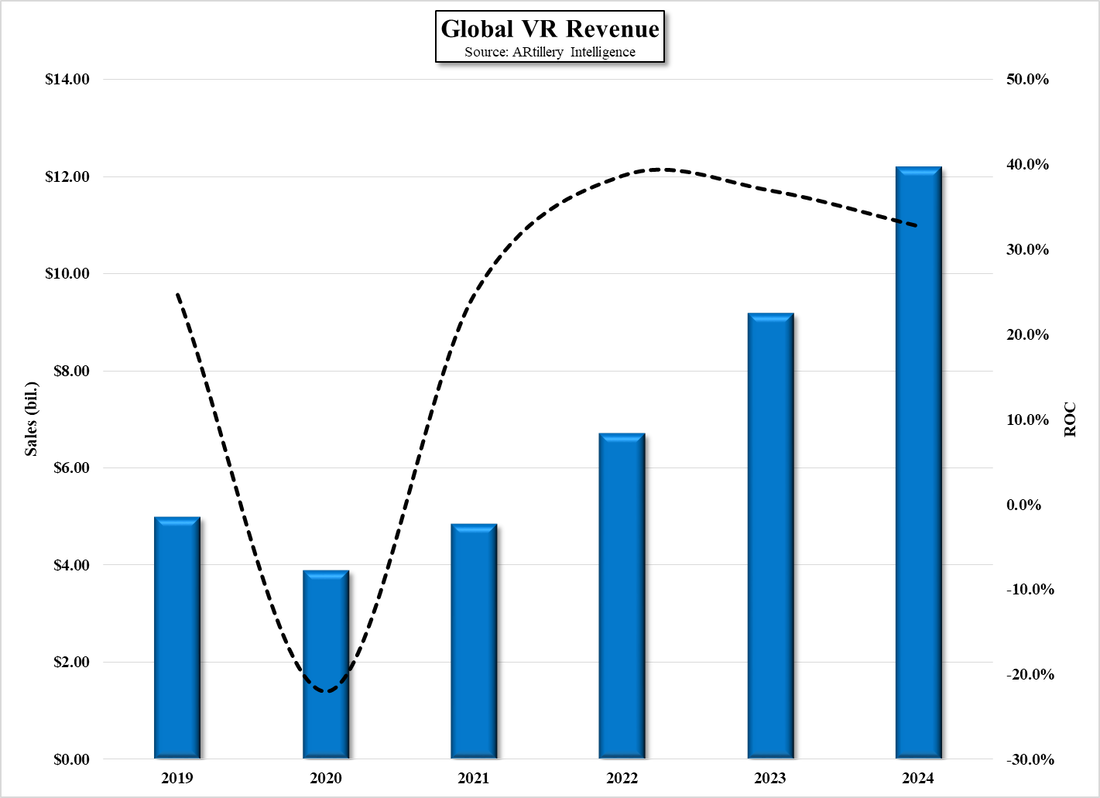Phantasmagoric Peculiarity
According to developer literature for the Vision Pro, when the user first purchases the headset, they go through a procedure similar to a developing an avatar where the user holds the headset in front of their face and takes a series of facial ‘shots’ including a number of expressions. The system then creates an avatar based on the ‘shots’ and when the user puts the headset on, the avatar is projected on the front faceplate. This looks, to someone on the outside, as if the users eyes are visible, although it is actually the eyes of the avatar, which, while it has relatively limited resolution, Apple uses some effects to hide the quality of the image.
“EyeSight” as Apple calls it, seems to be unique to the Vision Pro, and will likely be used for other even more unusual effects by developers after the device is in actual circulation. The question is, is it more disconcerting not to know where the users’ eyes are looking or to see the visual image shown below. We make the assumption that the system is able to track eye movements with enough speed not to make the avatar’s movements jerky or unnatural, but there is still something a bit creepy about the feature. We are not sure if the Apple solution is the ultimate one, and we do give Apple credit for identifying the issue and proposing a logical solution, but it still seems a bit disturbing.
Here's the link to the short (50 sec.) avatar set-up video.
https://twitter.com/i/status/1724539857752519028

















 RSS Feed
RSS Feed